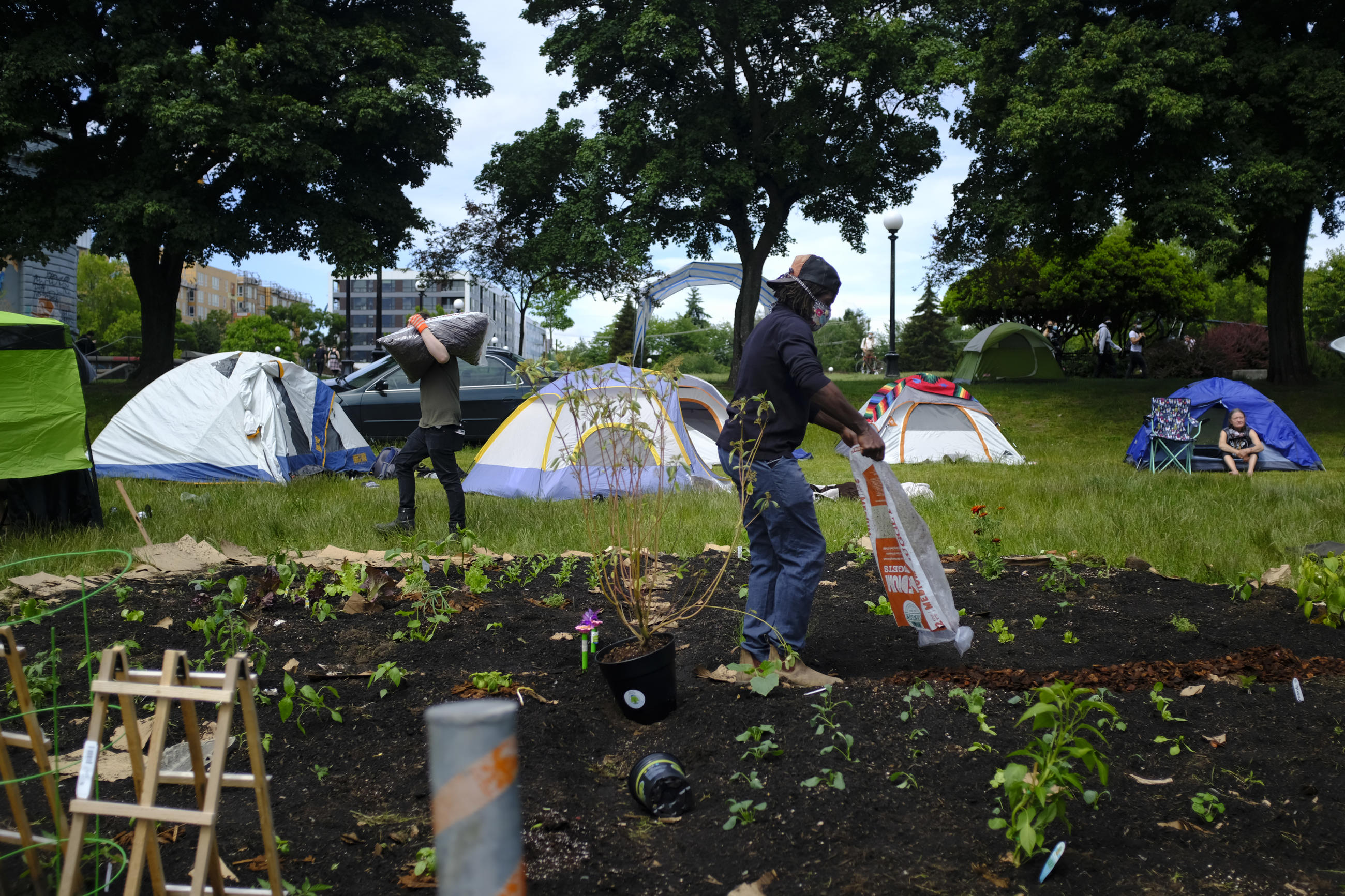Three lessons about tackling the biodiversity crisis
Experts say biodiversity loss is a trend just as threatening as climate change to keeping the Earth habitable.
More than a third of U.S. species are imperiled or at elevated risk of going extinct, and more than 150 species already have. Experts say biodiversity loss is a trend just as threatening as climate change to keeping the Earth habitable.
How to increase the public’s understanding of the biodiversity crisis — and how people can act on both that challenge and on climate change — were the two main topics of a Crosscut Ideas Festival panel on Thursday about the biodiversity crisis.
Here are three takeaways from the session, which featured author and magazine editor Michelle Nijhuis; Paula Sweeden, who works on wildlife and natural resource management policy for Conservation Northwest; and Bruce Stein, who works on species extinction and biodiversity for the National Wildlife Federation:
- Biodiversity loss is about way more than saving the whales. It also involves the malfunction of a system of interconnected species at varying levels of individual vulnerability. “When a species starts to go extinct, it’s usually going to take something else with it,” Sweeden said. To save species, we need to think even the most common ones before they’re in harm’s way. Stein noted that biodiversity is also about genetic variation, which helps species and ecosystems adapt.
- Biodiversity is threatened by many things — including our own individual actions. For Sweeden, one of the biggest factors is that people aren’t usually very good at connecting how our individual and communal decisions affect biodiversity loss. That lack of awareness can make it hard to push policy changes.
- There are biodiversity wins happening in Washington state. Restoring natural ecosystems to their best, most biodiverse selves can be a result of climate action, Sweeden said. Millions of dollars from Washington’s Climate Commitment Act, the state’s new cap and invest system, is devoted to natural climate solutions that protect older forests that heavily remove carbon.









